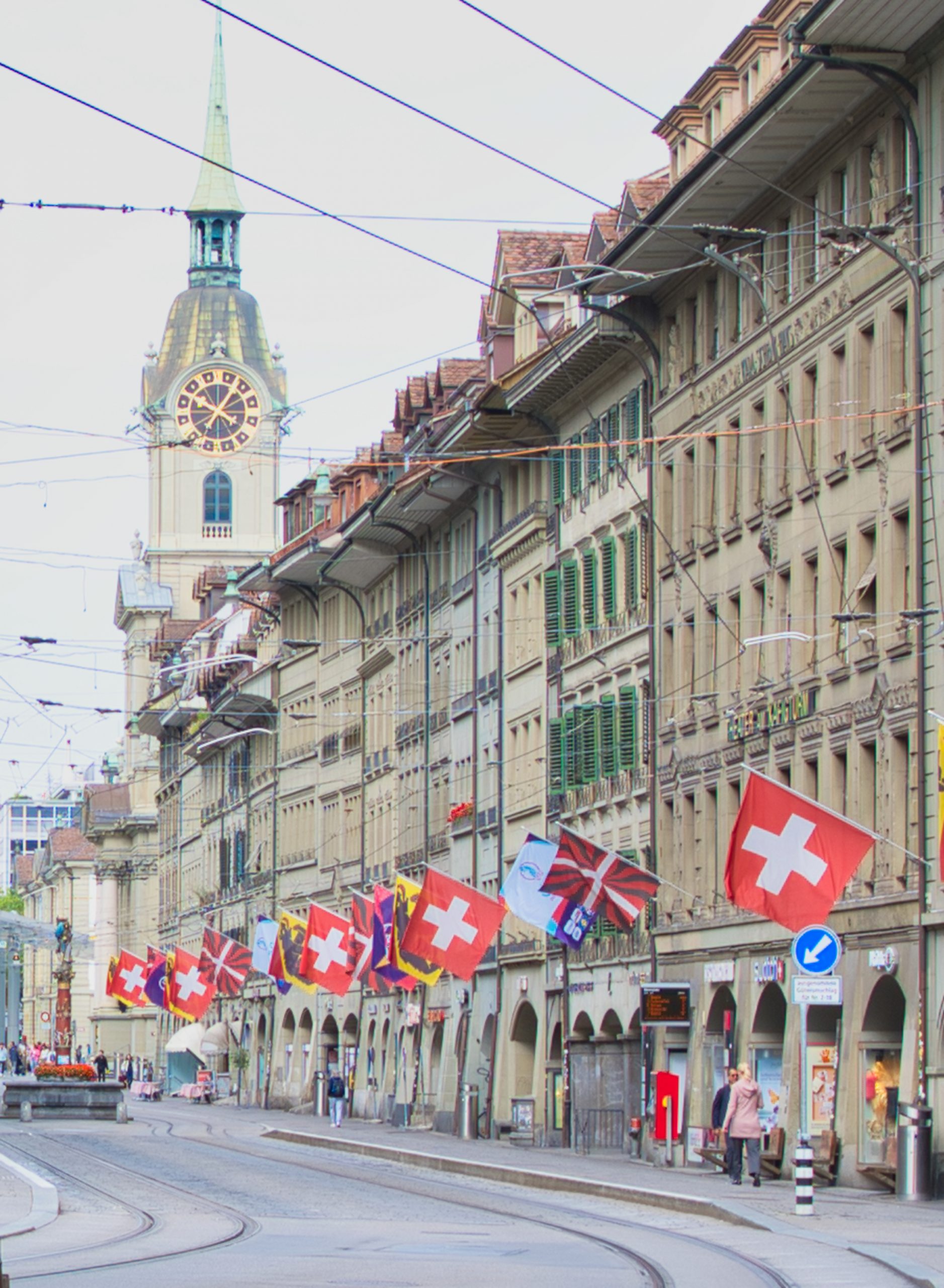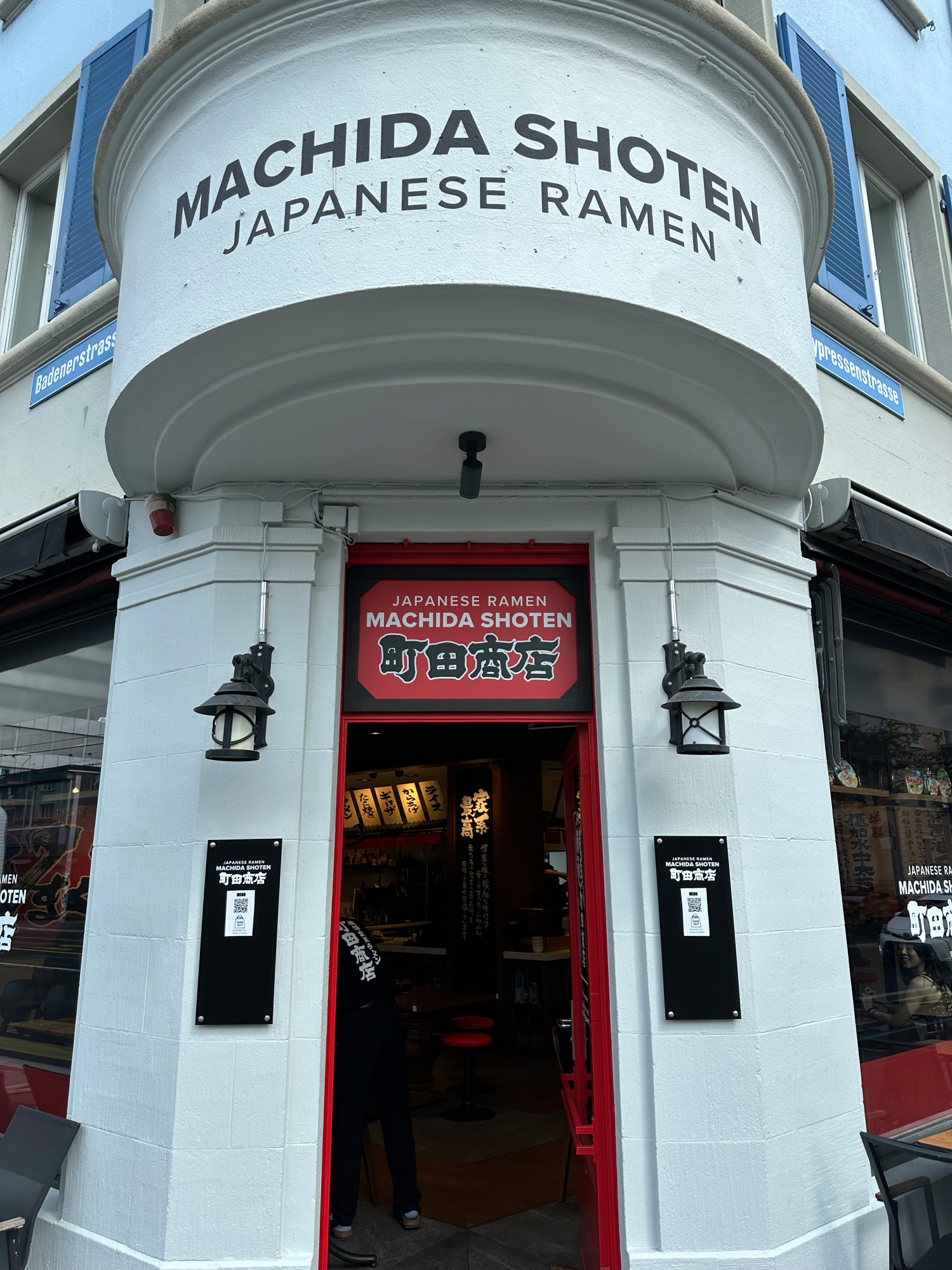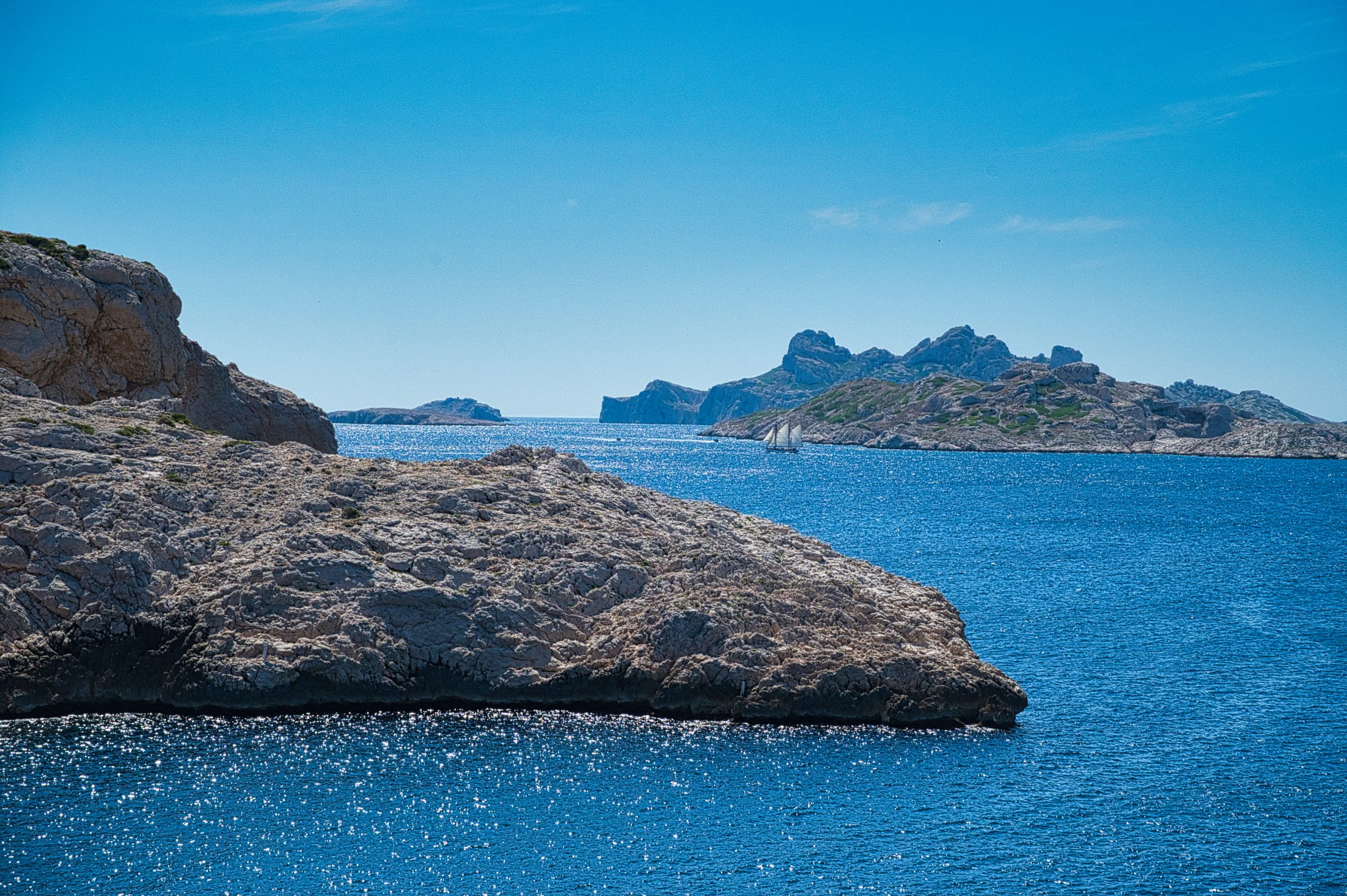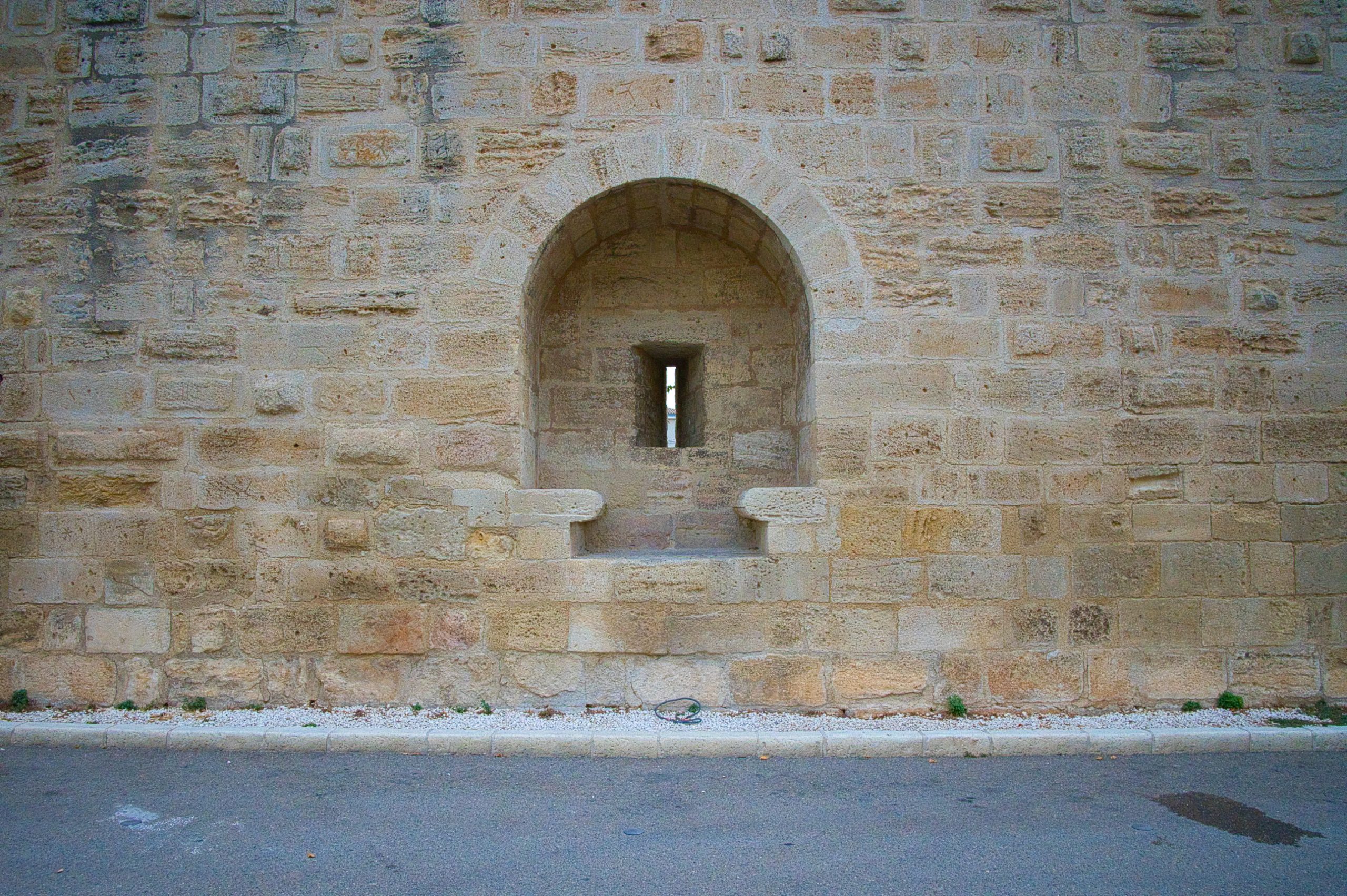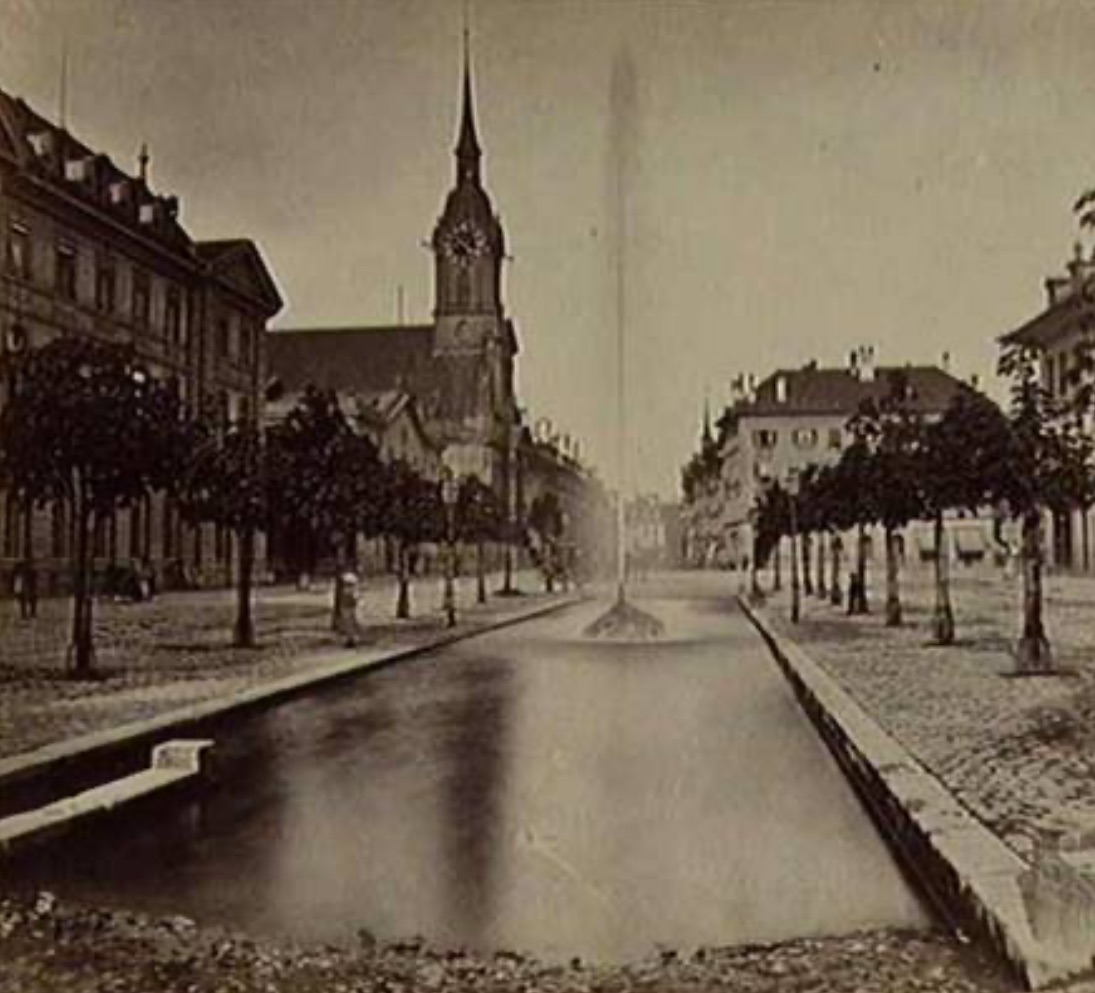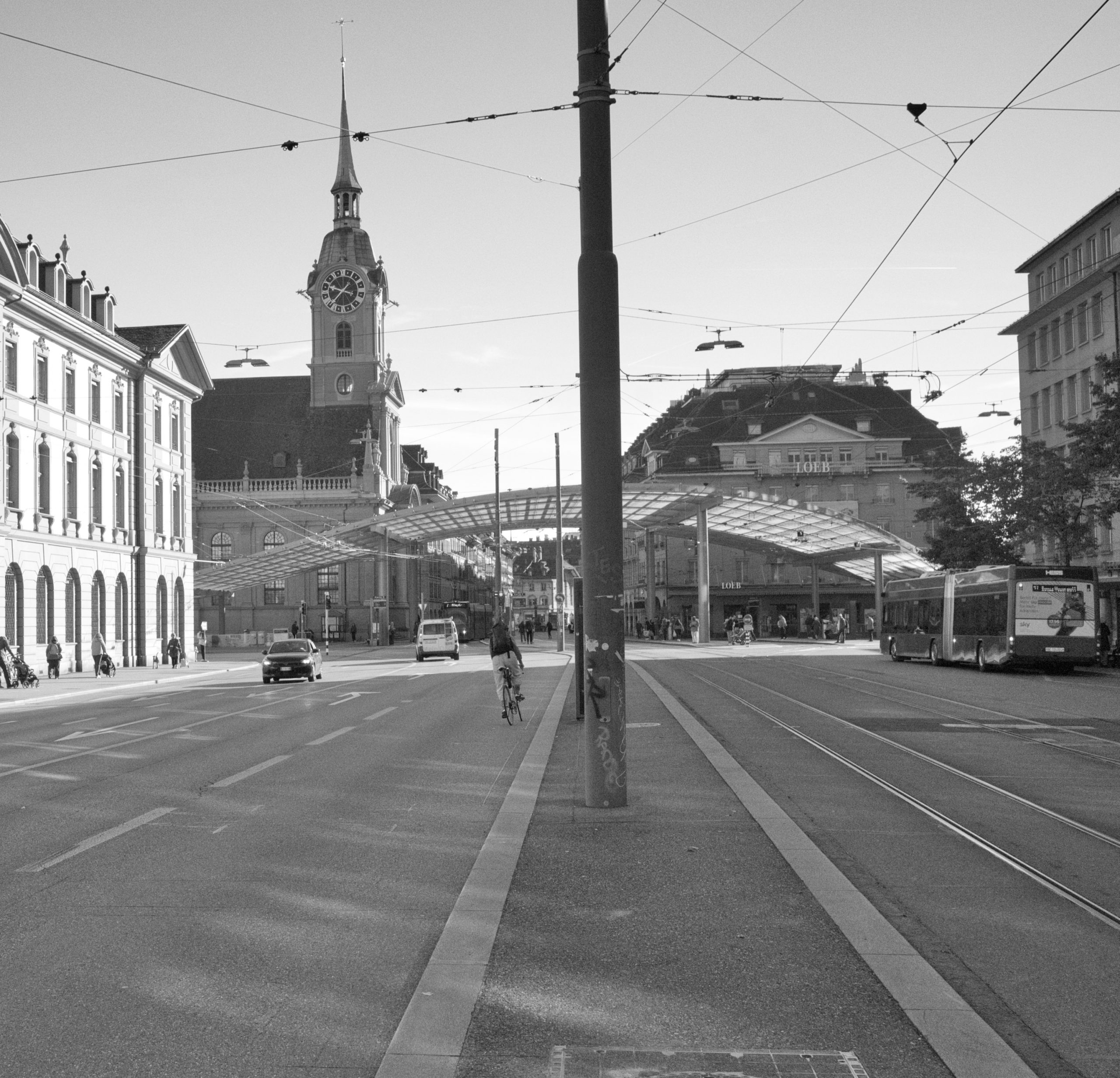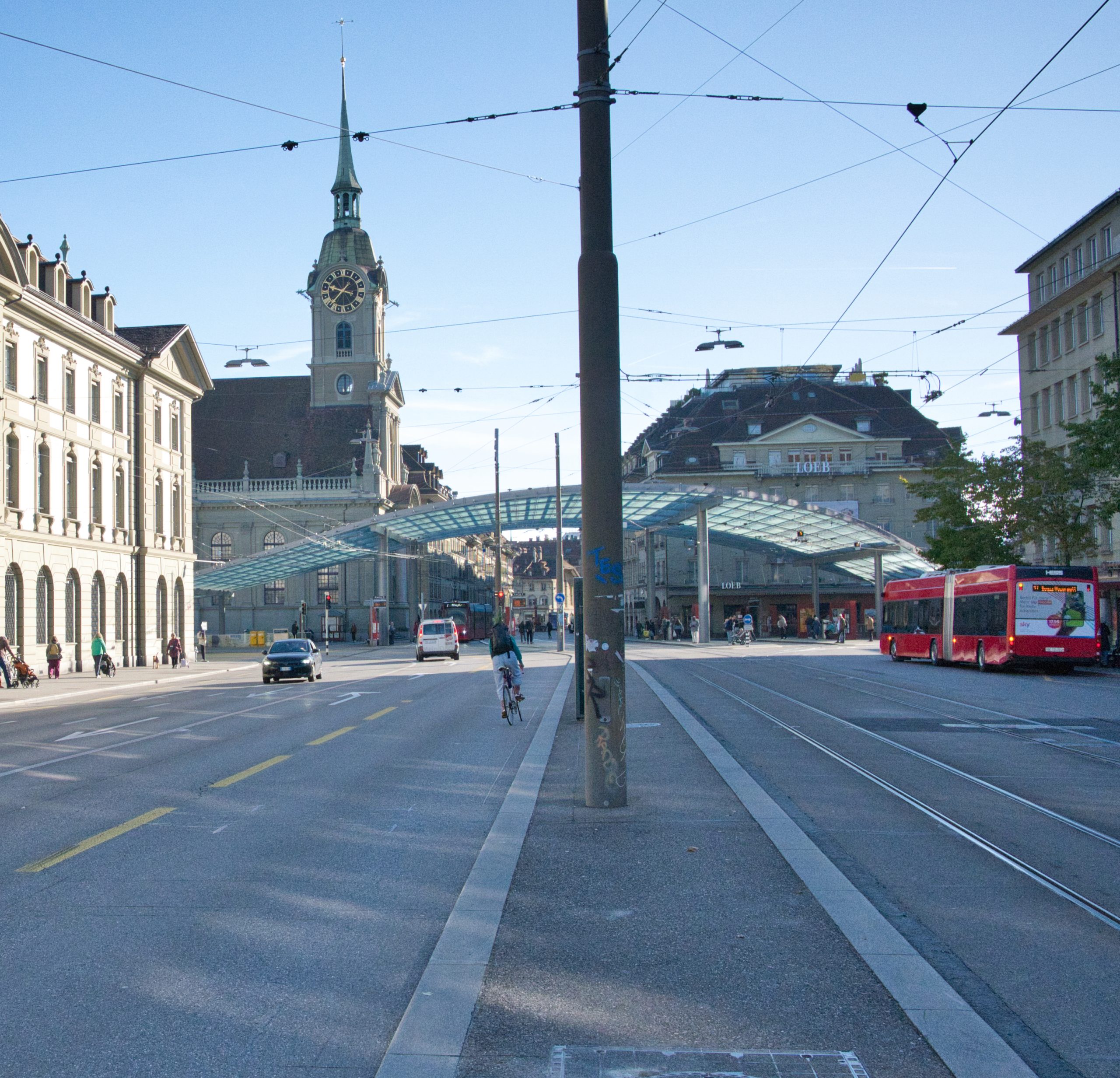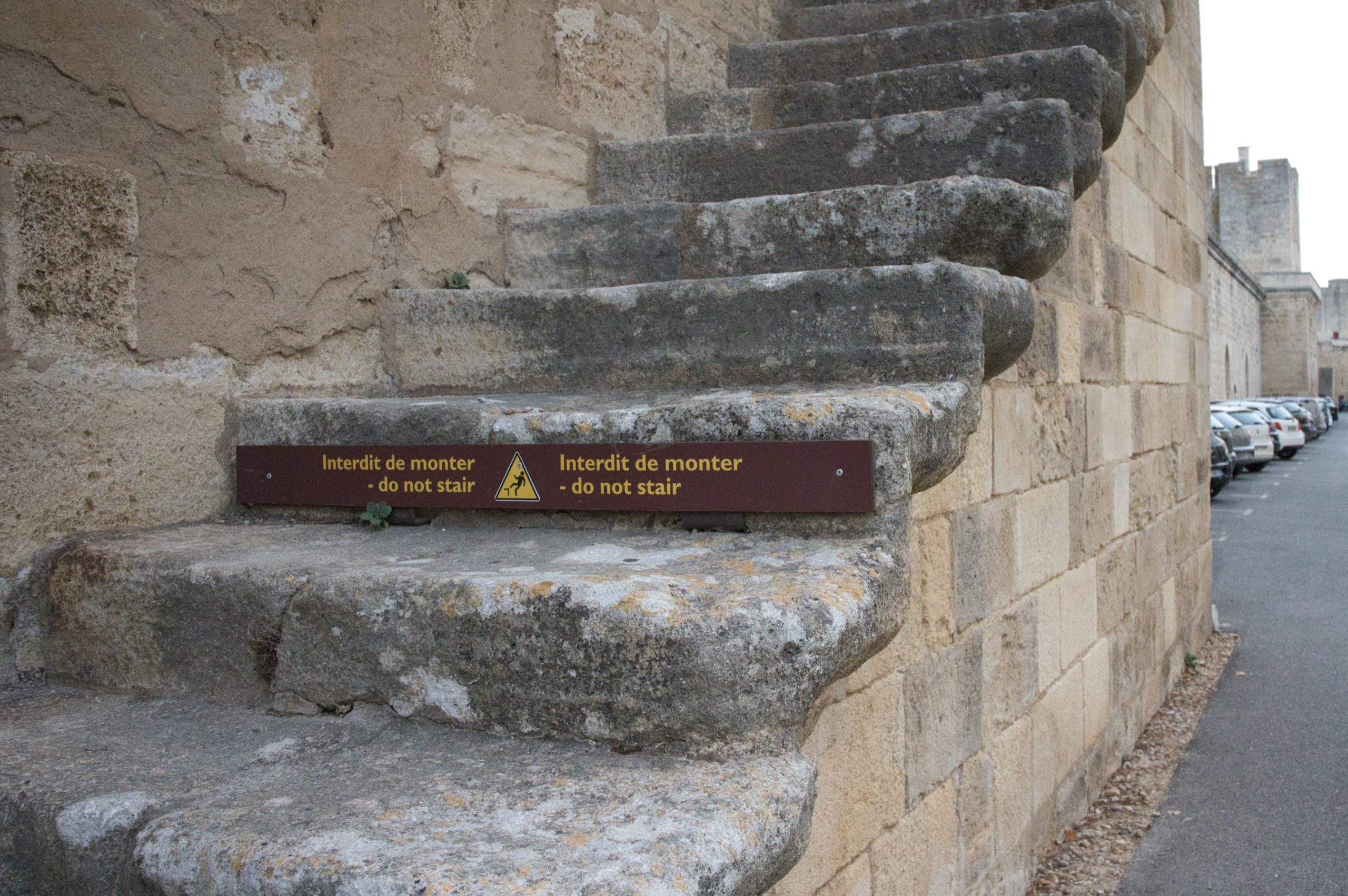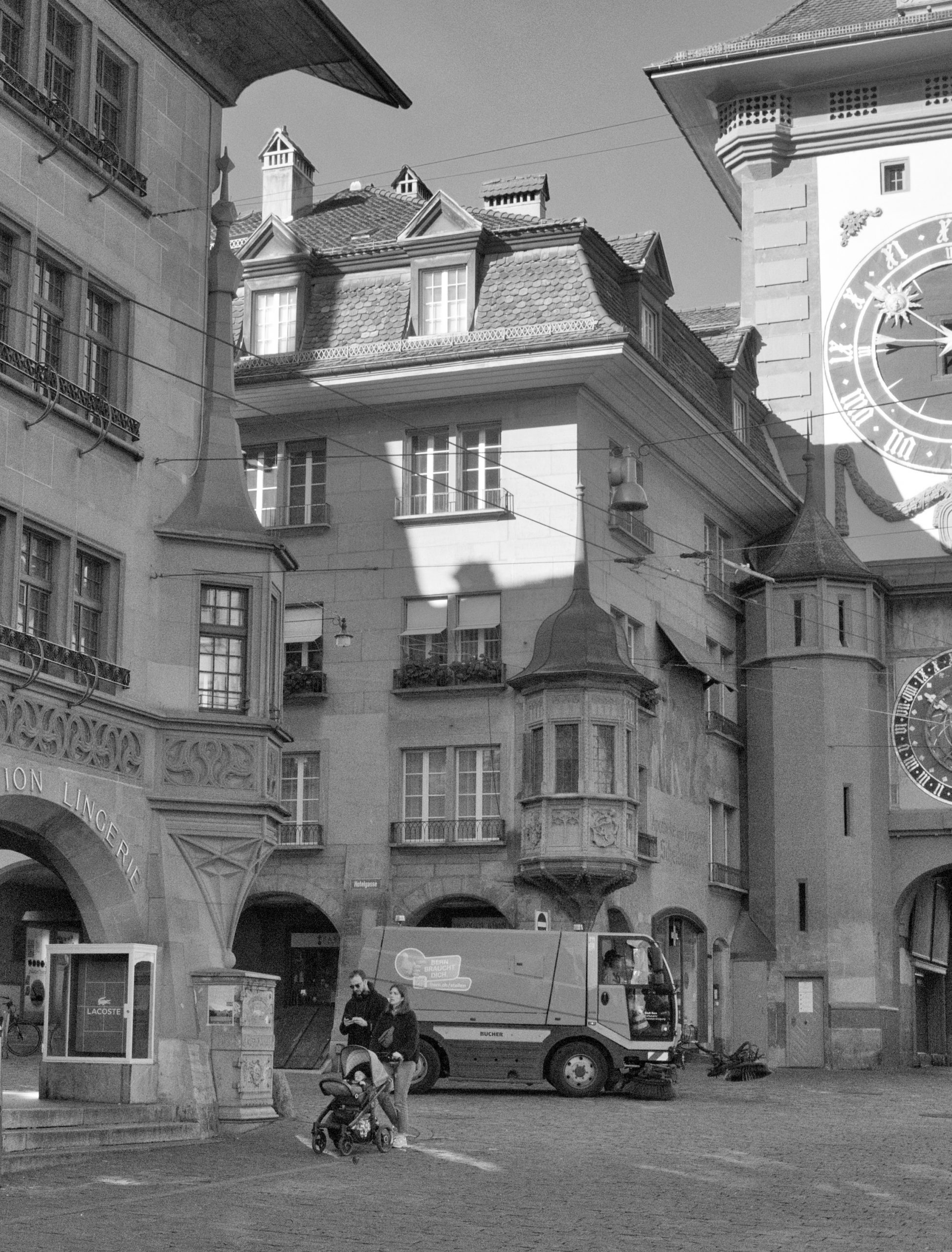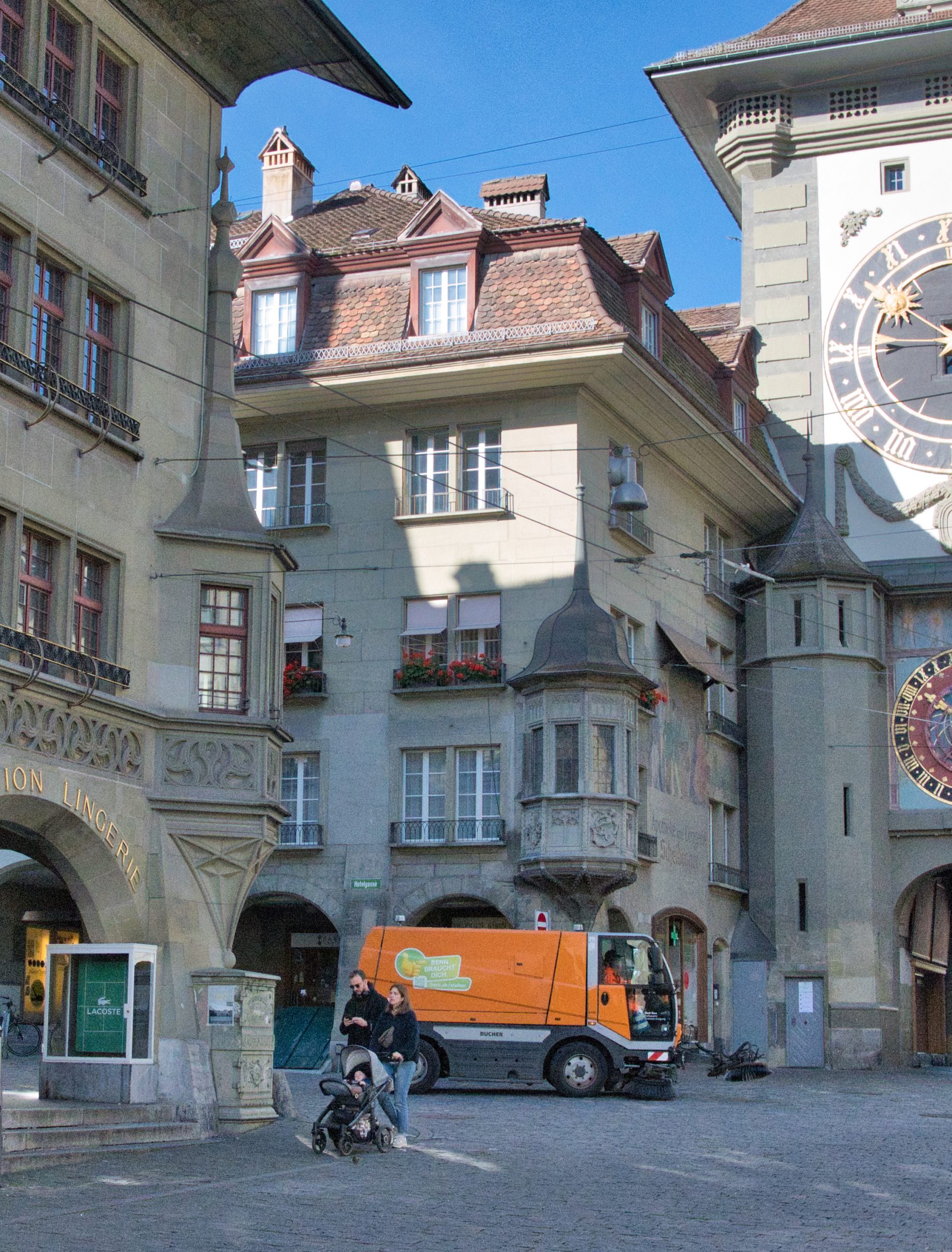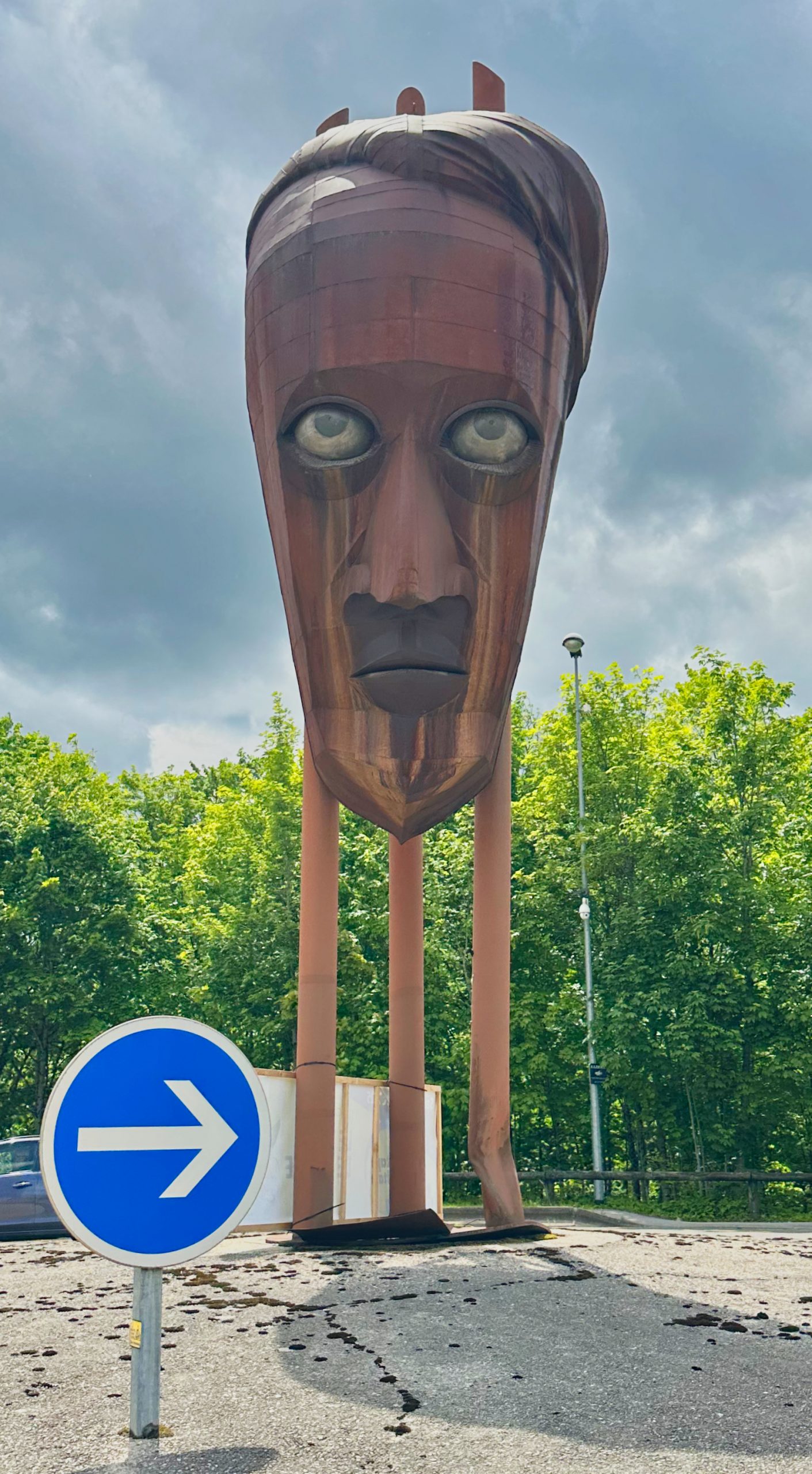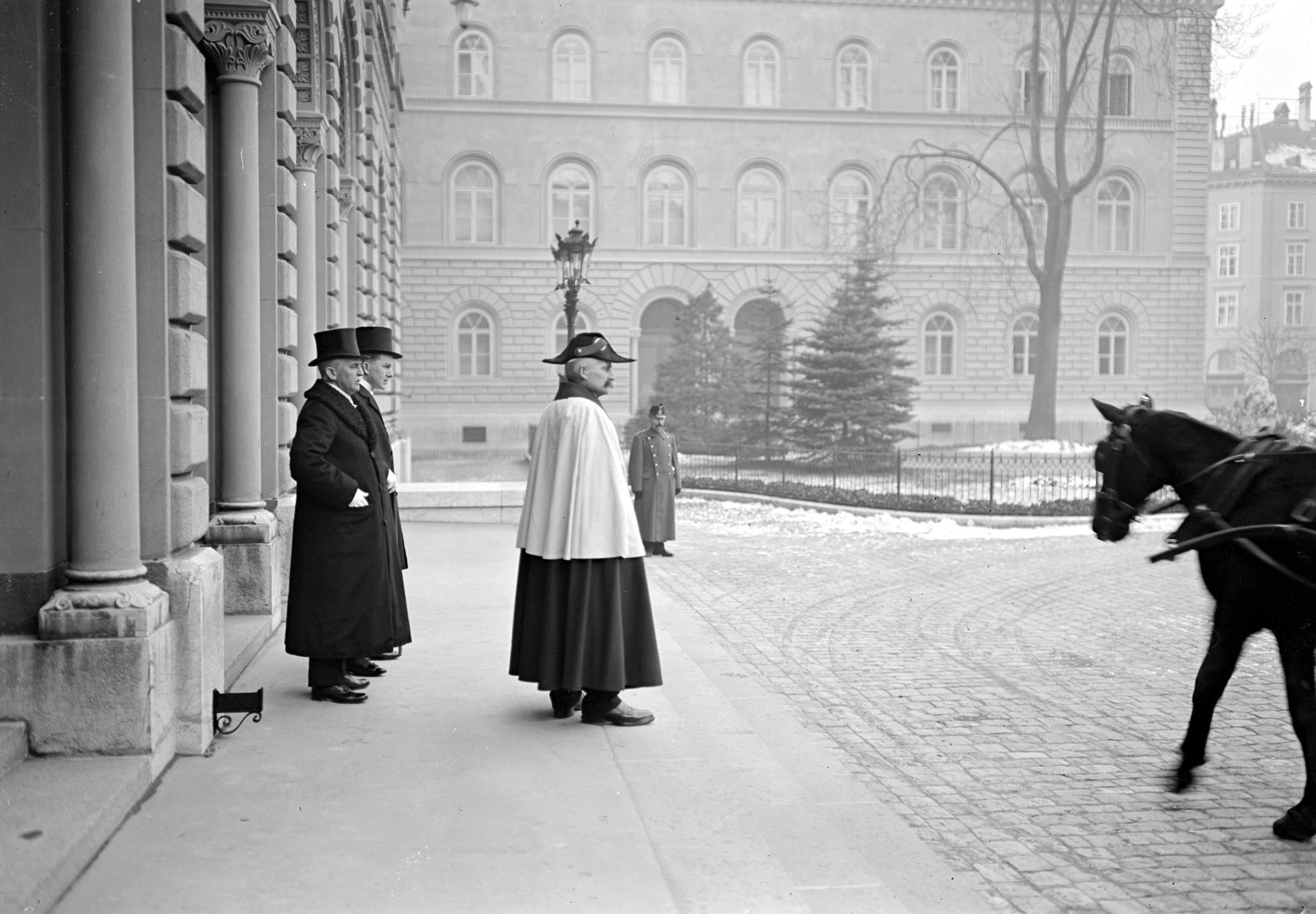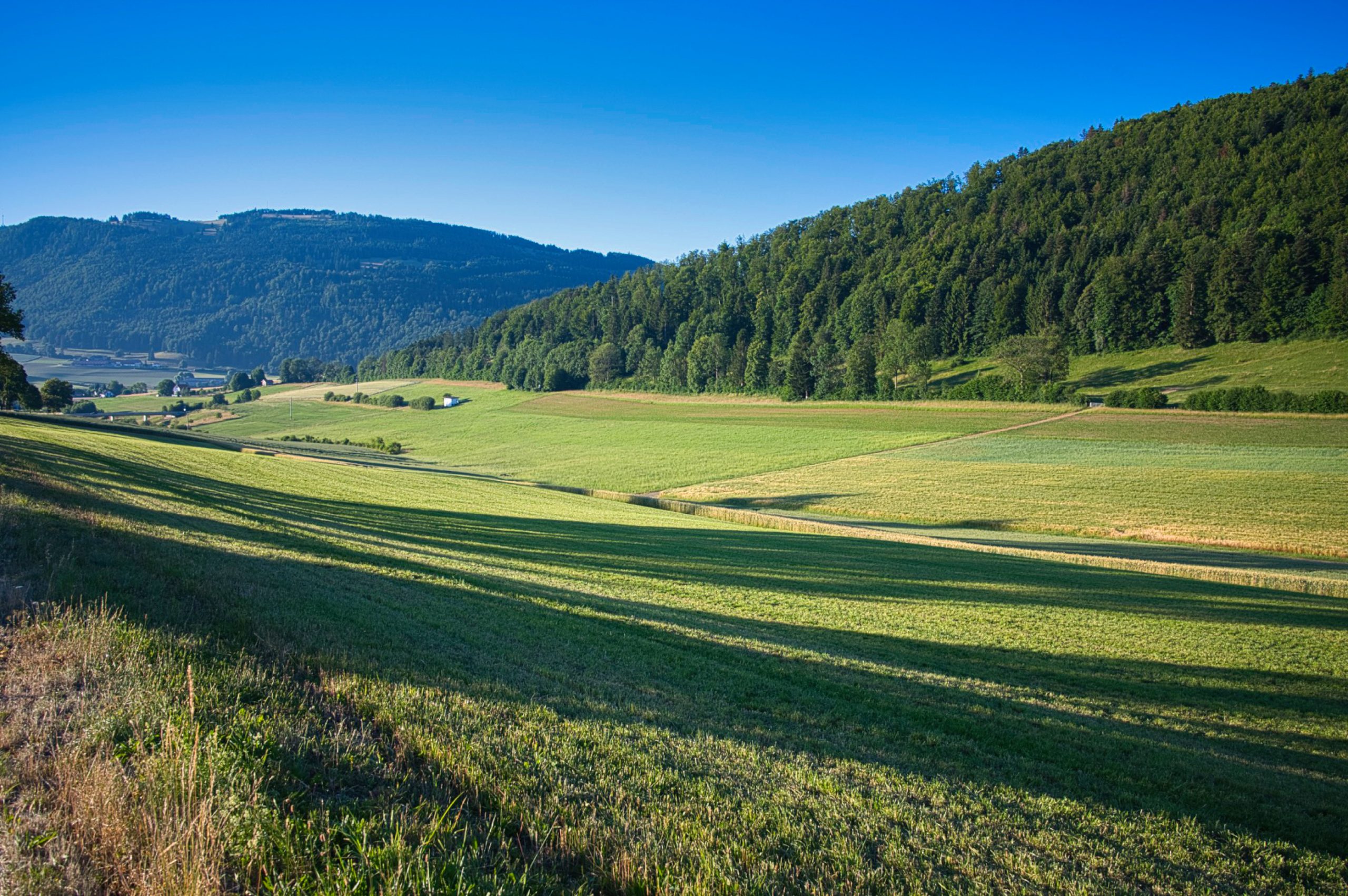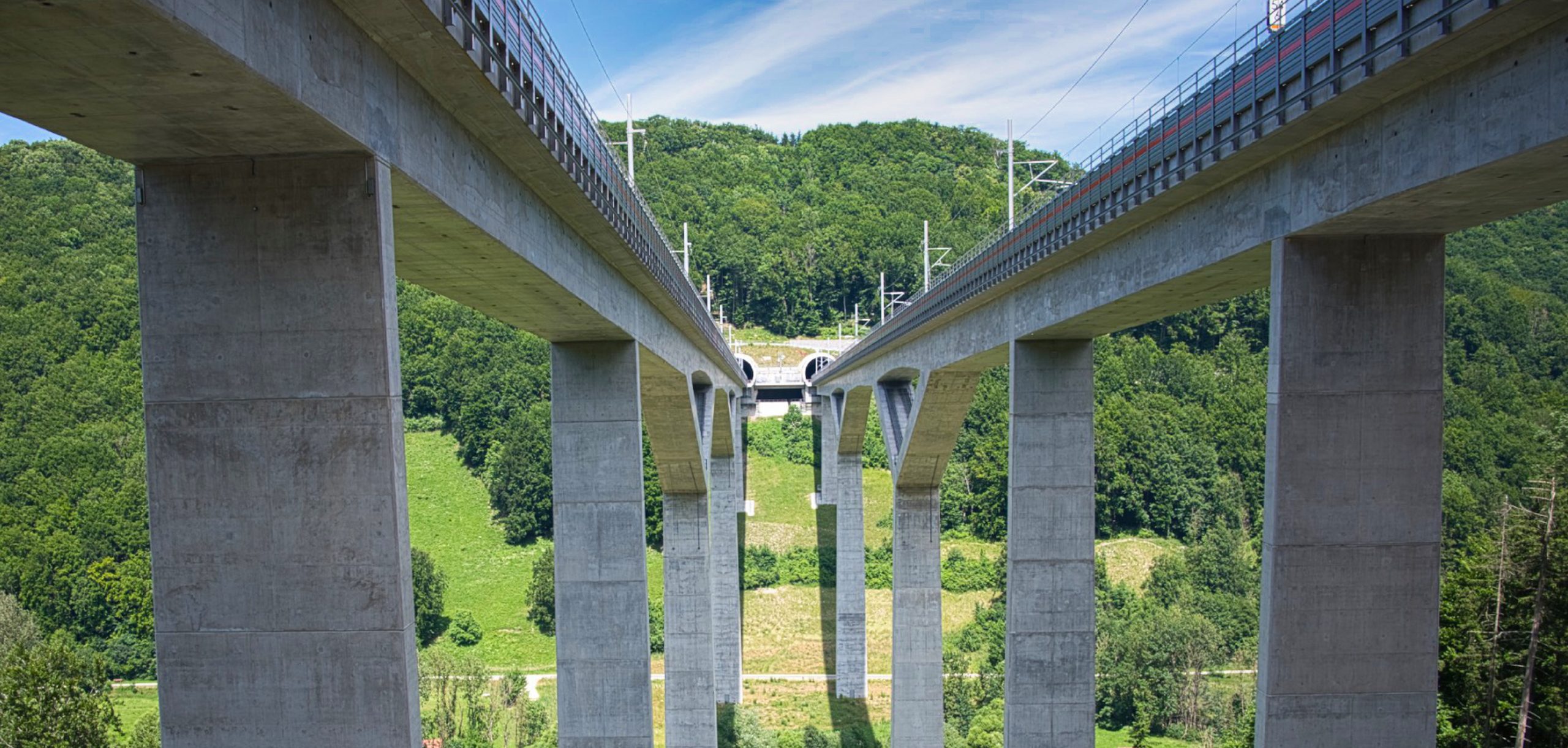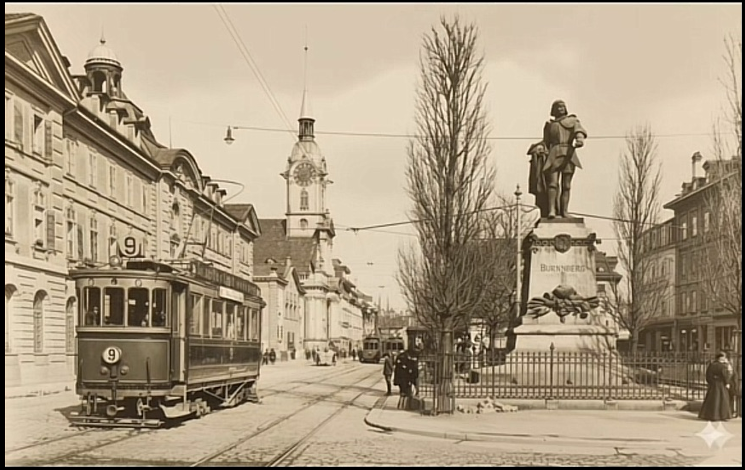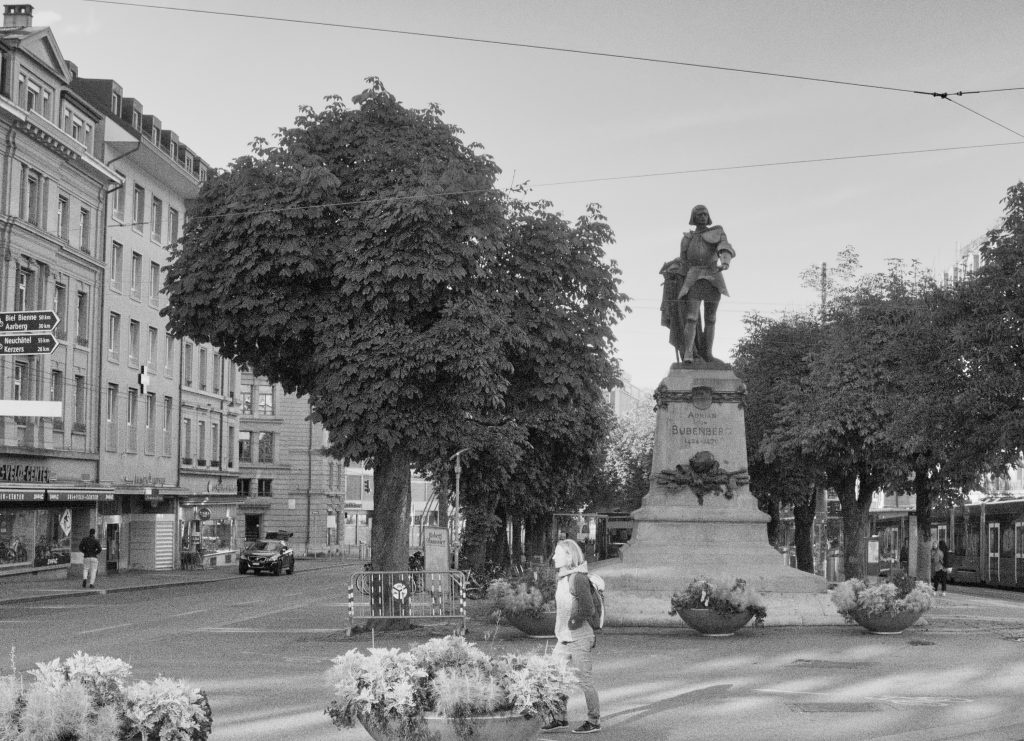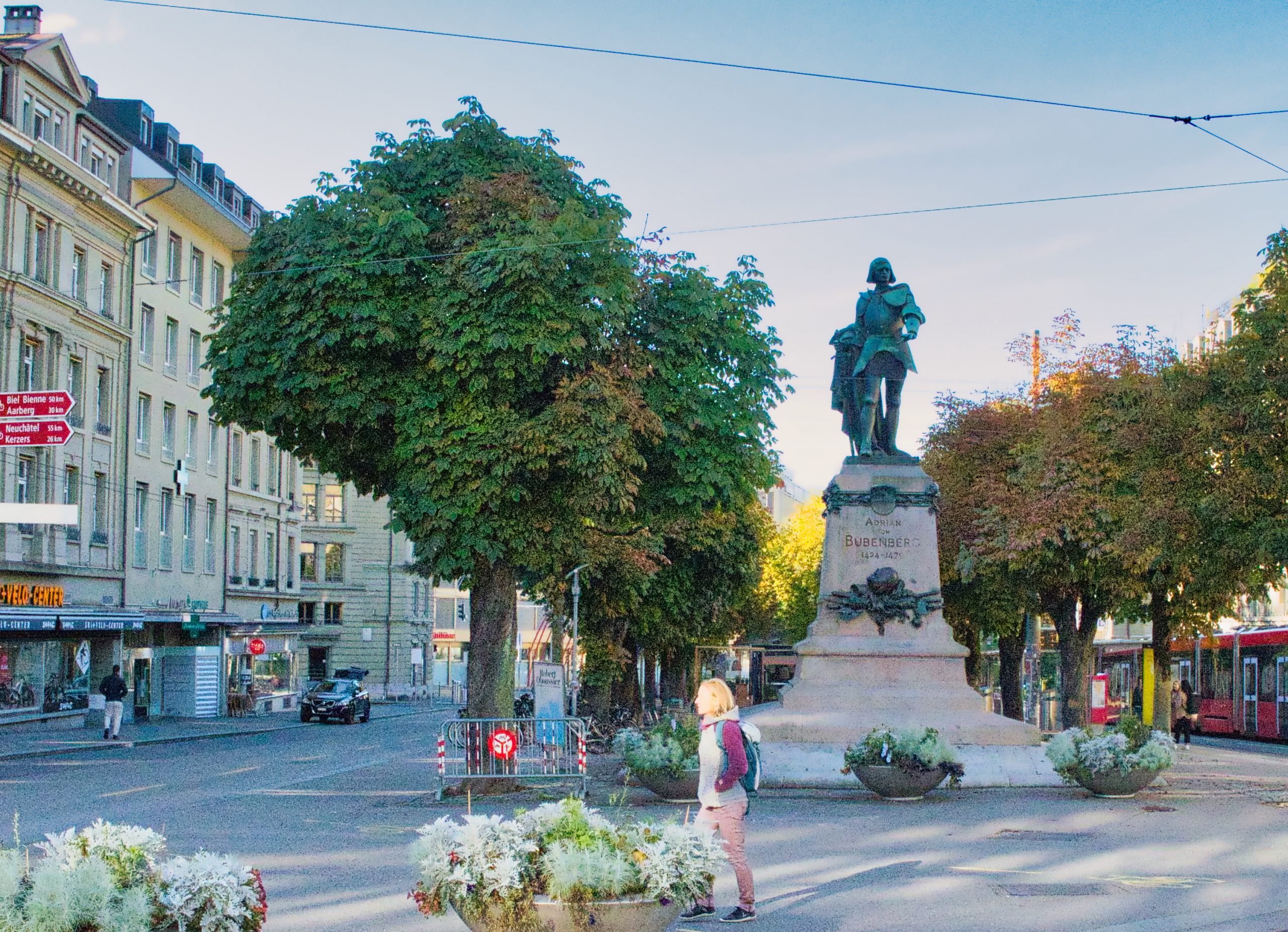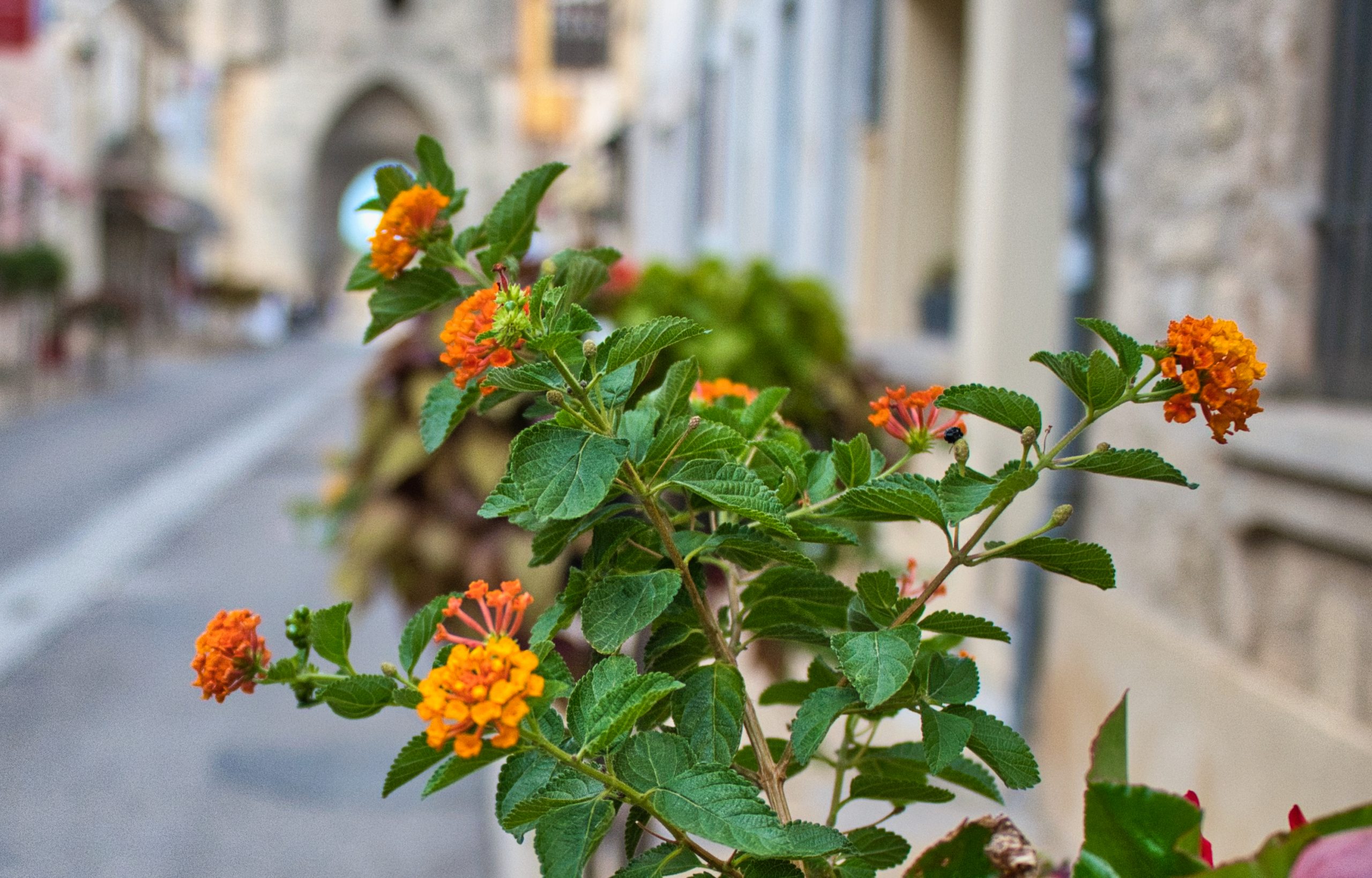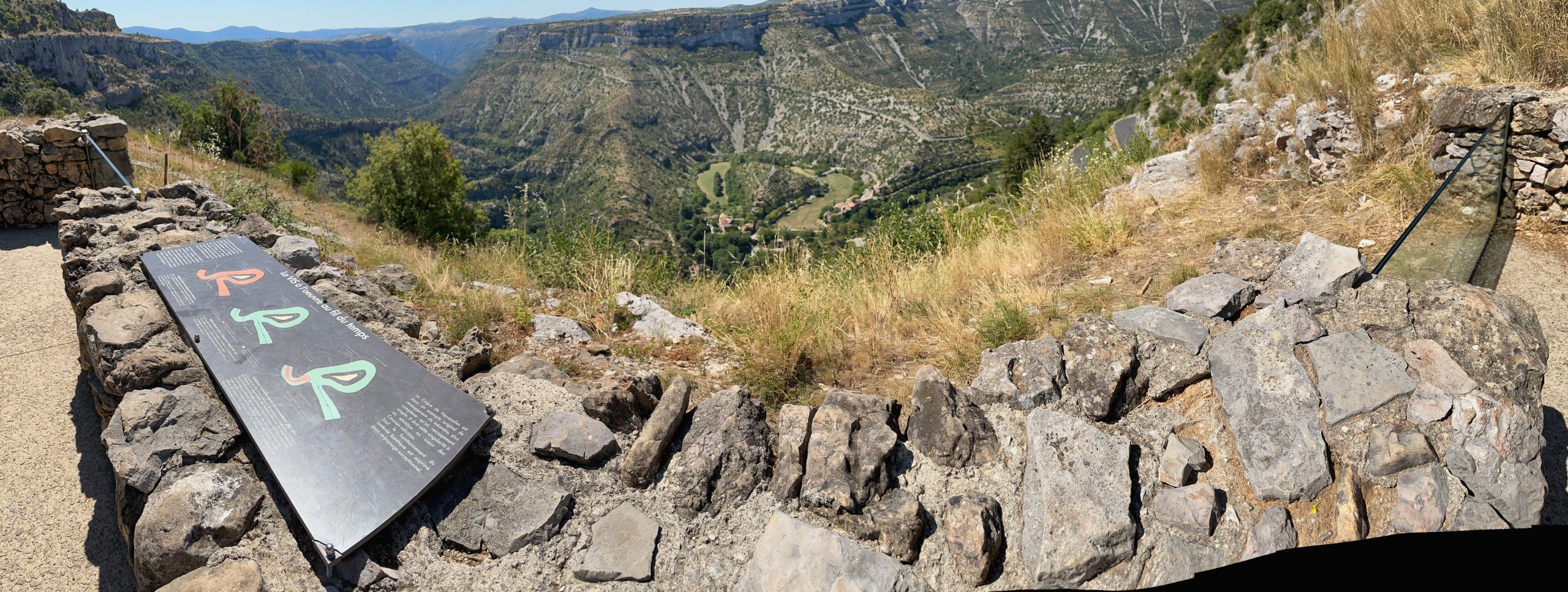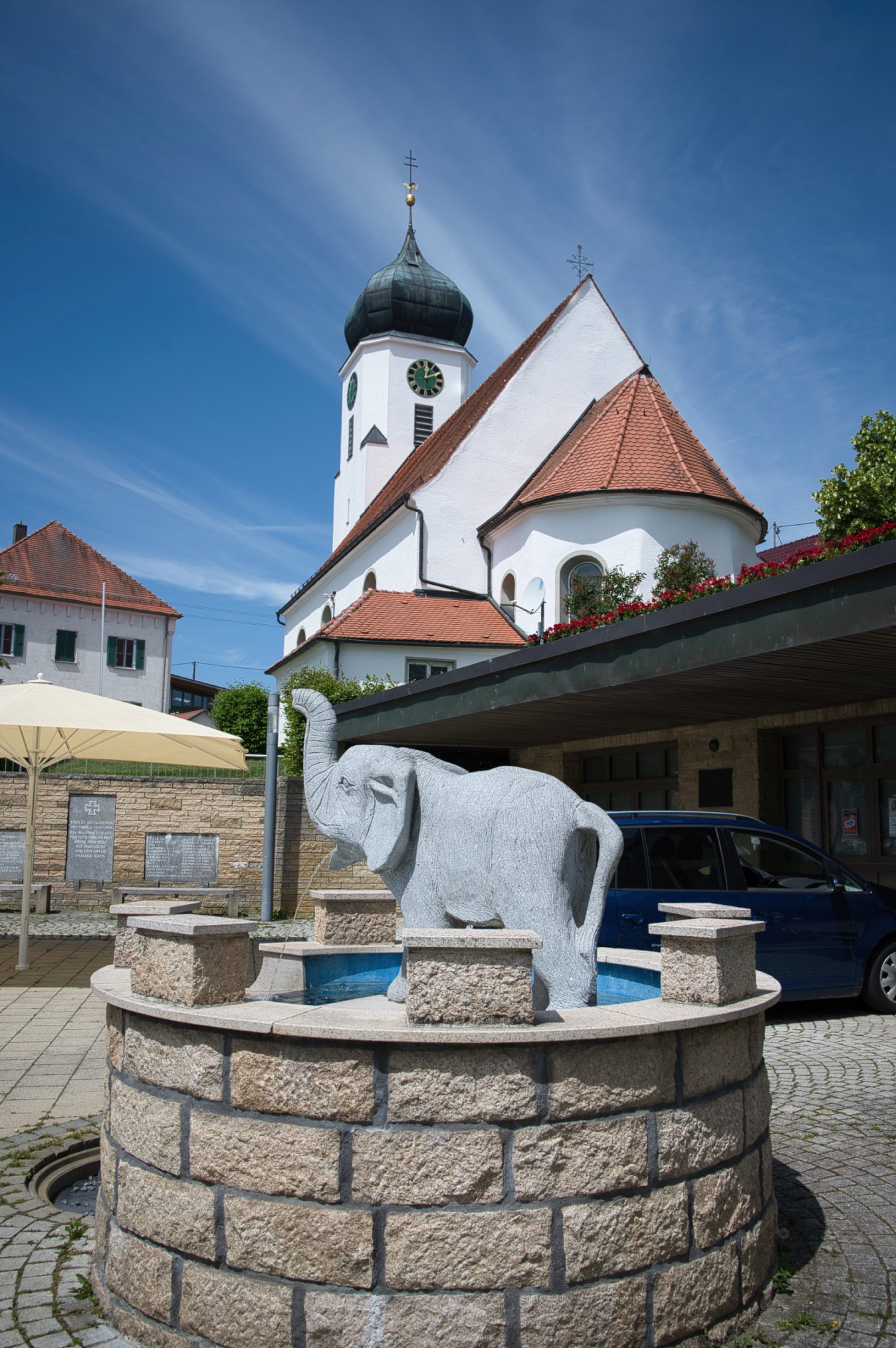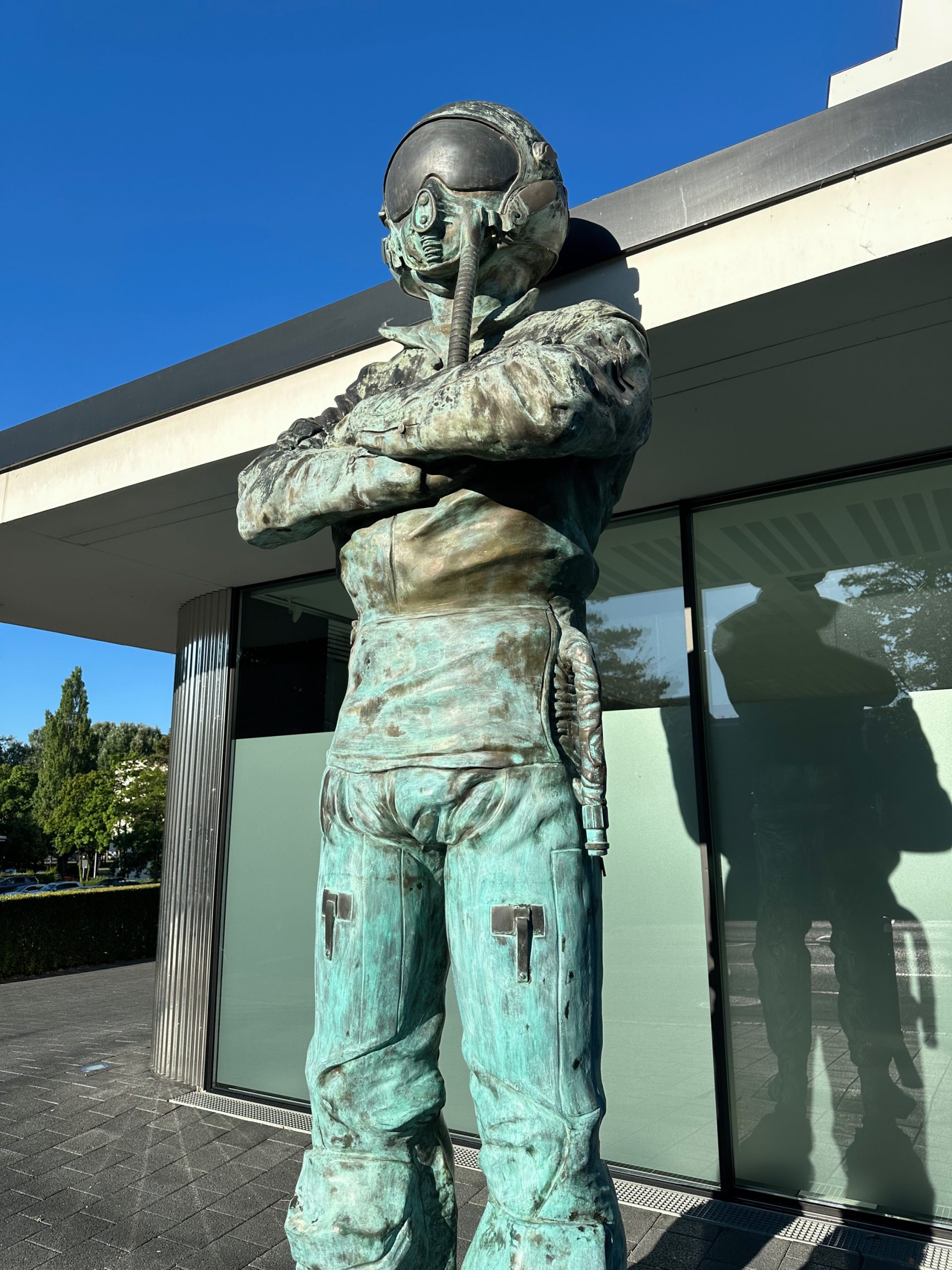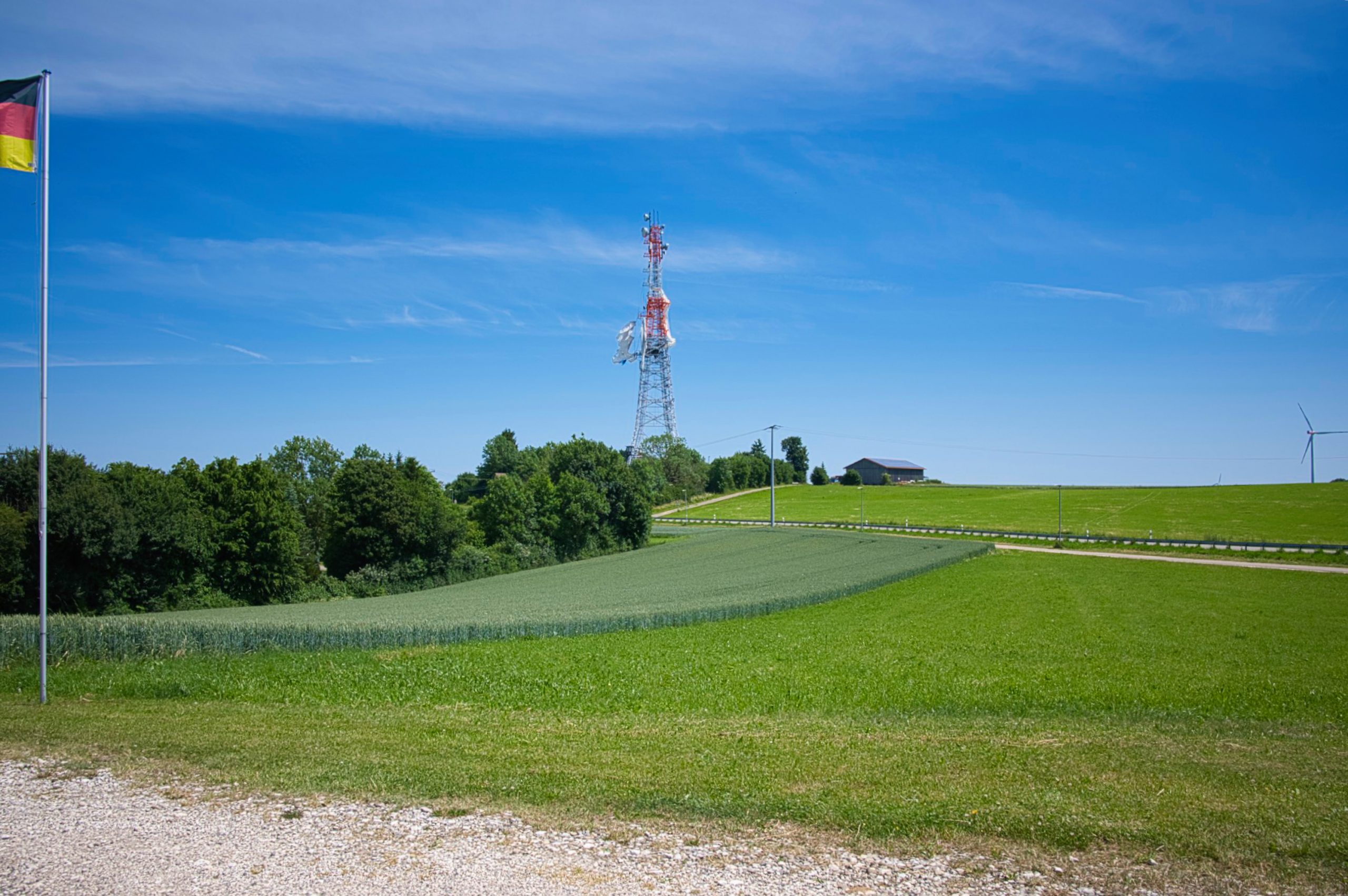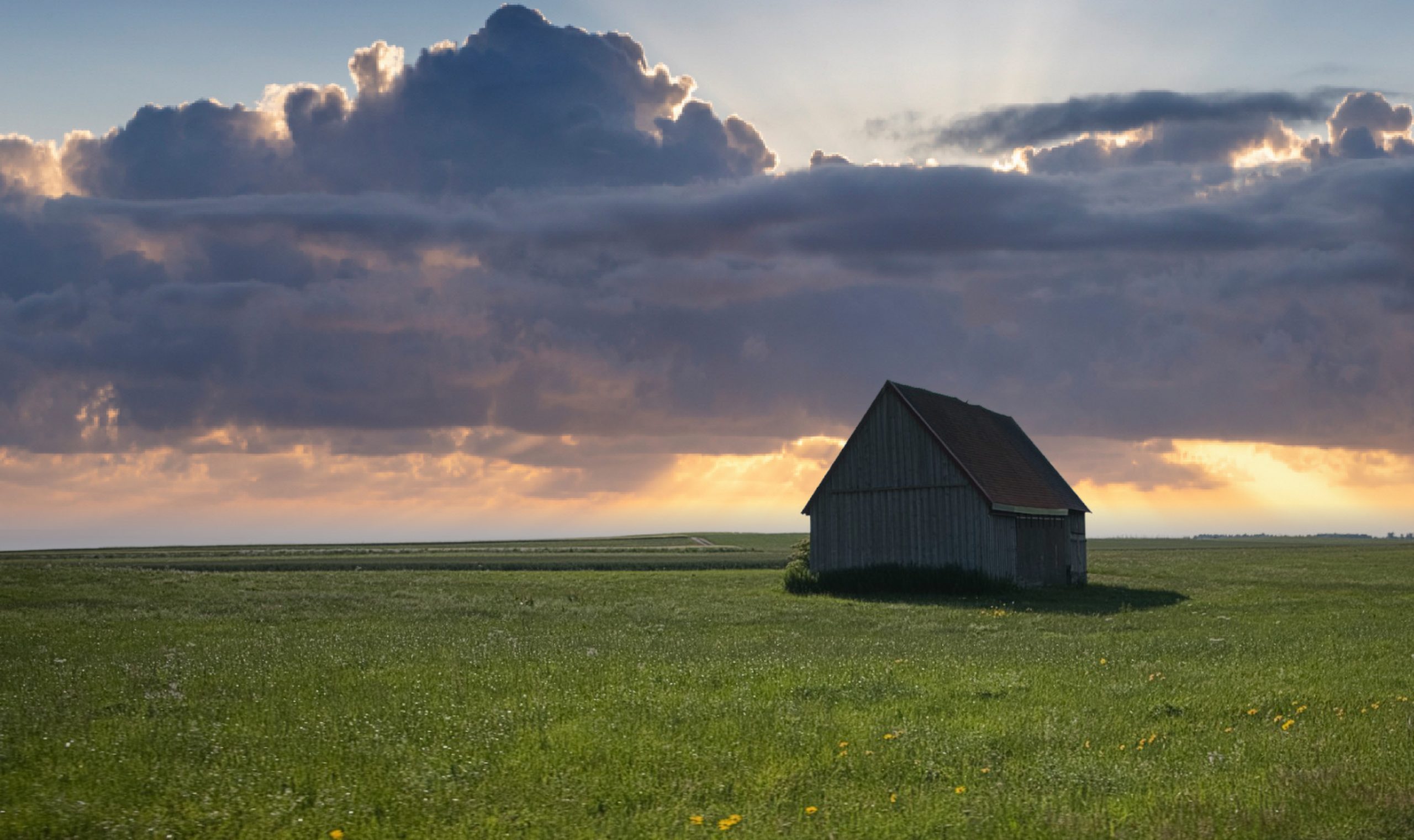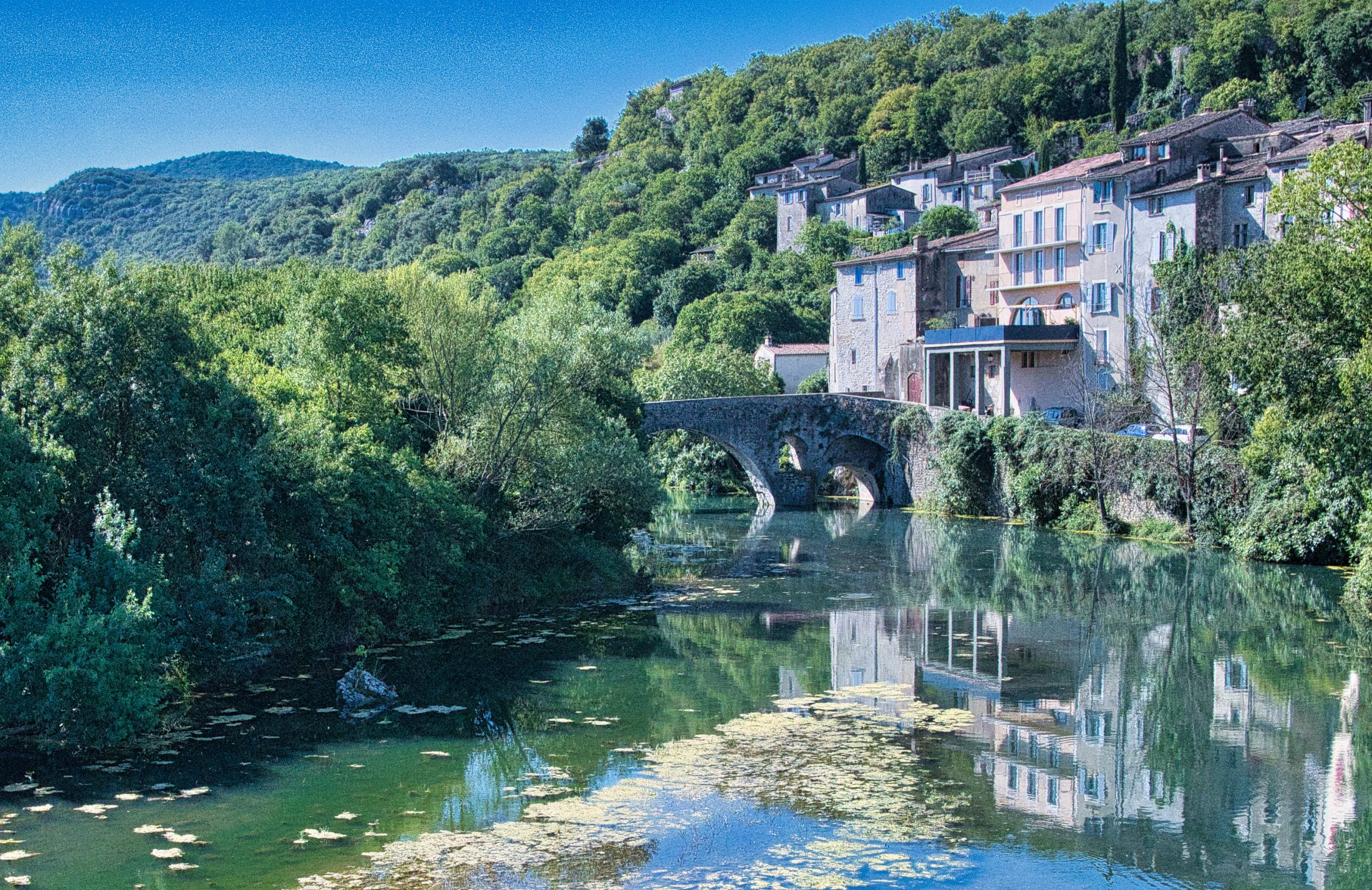Author: kenritley
Police cruiser in Mulhouse
Continuing the series, this is not technically a “police” cruiser but a “gendarmerie” cruiser, the latter being a semi-military version of the police dating back to medieval times:
Bern
Machita Shoten in Zurich: is this the worst ramen shop, ever?
I was pretty excited when I read that a world-famous Ramen chain would be opening a restaurant in Zurich. Silly me! The normal bowl of their signature dish was not only around CHF 30 – but it was the smallest bowl of ramen I’ve ever seen, anywhere – it was literally what you might call a “tasting bowl” at any other ramen shop, if they offered anything like that. And it came with NO side offerings at all!
I’m not “dissing” the price – if you try to eat in the world’s most expensive city in the world’s most expensive country, you are going to pay the price. But surely a restaurant of this caliber can size the portions according to international standards, then add “extras” give you the feeling it was a good meal.
If you are in Zurich and a big bowel of tasty ramen is what you crave . . . I’d go just about anywhere than here!
Sailboat near Marseille
A comfortable place to shoot
Compare the French vs. the Germans. The Germans build their city walls with little holes so they could shoot arrows to kill the invaders. The French did exactly the same – but look at the little chairs they built for themselves next to the hole! In fact, the even added some space at the bottom for a lunch bag and a bottle of wine!
Then and Now – Bern – Bubenbergplatz
THEN (late 1800s)
NOW
NOW, in color
COMMENTS:
(1) I could not find a date, but it was certainly after around 1860 because the original tower stood where the fountain is standing today.
(2) It makes me really wonder, how was the power generated for the water fountain? Was it purely decorative, or — like its cousin in Geneva — was it is a necessary way to relieve overpressure in the first public water infrastructure?
(3) I’ve seen some old photos and also drawings of this scene. As far as I can tell this is Bubenbergplatz – or at least it was. In the older drawings you could see horses working through the water – and that makes a certain amount of sense, since in the old photograph you can see left and right embankments but a subtle drop at the foreground of the fountain. According to ChatGPT, if horses would have ridden in on unpaved roads, it might have been useful to give them a quick cleaning before allowing them into the paved part of the city – although, I assume with horsecrap everywhere that would hardly make a difference.
To me this shows the impossibility of history: we can hardly understand a scene we see 100 years ago, in our own backyard and culture – how can we possibly understand the Middle Ages or history in other countries???
Do Not Stair
Then and Now – Bern – Zytglogge
Snails on a Stick
As artistic a snap as I thought I could take of some snails on a stick in a salt marsh, just outside the medieval city walls of Aigues-Mortes, in South France. Just think, when the medieval Crusaders set out from here centuries ago to conquer Jerusalem, the great-great-great snail parents of these snails were probably here, doing the same thing!
Then and Now – Bern – Kirchenfeldbrücke
THEN, between 1914 – 1918
NOW
NOW, in color
COMMENTS:
What strikes me as amazing: Still two tramlines after 110 years – and still the cables that run laterally across the bridge. And although it is not obvious, a possible analogy with Covid. If this snap was taken in 1918 the Spanish Flu would be raging and killing zillions, so it could be many of the people shown here had the same kinds of feelings we felt with Covid in the beginning.
Hungry Crow – Do we train the animals or do they train us?
I spent a few days cleaning up the apartment that I was leaving – and once an hour or so I’d sit outside and relax, and everytime I went out I’d put a little piece of cheese on the railing for him to eat! The problem is: was I training the crow or was he training me? I’d sit out there – watch until he came and ate his little piece of cheese. Then . . . he’d come even closer to me and just STARE at me until I felt guilty and put out a second piece of cheese for him . . . and then a third.
Then and Now – Bern – Zytglogge & Zähringerbrunnen Krammgasse
Le grand homme à grosse tête sur le rond-point à Pontarlier
Then and Now – Bern – Vor dem Bundeshaus
THEN: Vor dem Bundeshaus, 01.01.1915
NOW:
And in color
COMMENTS:
Very nearly the same after around 115 years! The older lamppost was taller – it probably needed to illuminate more. And in the old photo you see a black metal attachment to the bottom of the wall. Since the doors are reset quite a distance I am assuming this is not a door stopper but a shit scraper, but probably officially called a show scraper (or in German, Schuhkratzer).
Jura
Wiesensteig Train Bridge
Continuing the series, I took this picture in a lot of pain. Because . . . the previous picture I took was standing with short pants and sandals in a patch of some kind of plant that caused my legs to catch on fire!
Then and Now – Bern – Bubenbergplatz? Hirschengraben?
Then:
Now:
Now in color:
Comments:
I was first pretty pleased with myself that I took a modern snap and compared it with an historical one.
But I was fooled!
It is TRUE that the building to the left has a so-called “pediment” (triangle) – it is TRUE that both snaps look similar – and it is TRUE that Tram 9 as shown in the old snap still exists and runs next to the statute today. But in fact, the original snap shows the Bubenberg statue positioned on Bubenbergplatz, something that no longer really exists! Apparently it was moved in 1930 to the Hirschengraben, where it is located today.
So this is just a complete coincidence that the old snap looks like the new snap!
In an upcoming blog I will show what Bubenbergplatz looks like today – and your eyeballs will EXPLODE!
Flowers near the Aigues-Mortes Gate
Cirque de Navacelles
I actually learned about this in the geology class I took at Ohlone College back in 1983 – a river meanders and then the meander cuts itself off. In this case there is a medieval village down below. It’s so far off the beaten track in south France that I think it would take anyone 3 hours to get here. And it is a damn scary drive: I spent over an hour driving on narrow switchback roads high in the French mountains – so narrow, if you’d run into another car, someone would have to back up nearly a kilometer!
Hohenstadt Elephant
For reasons I don’t understand – and neither does ChatGPT – you’ll find a surprising number of pictures or statues of elephants in the Schwabian region of southern Germany. ChatGPT speculated that a large number of Schwabians participated in the Crusades, where they most likely encountered many elephants – so that’s the reason.


